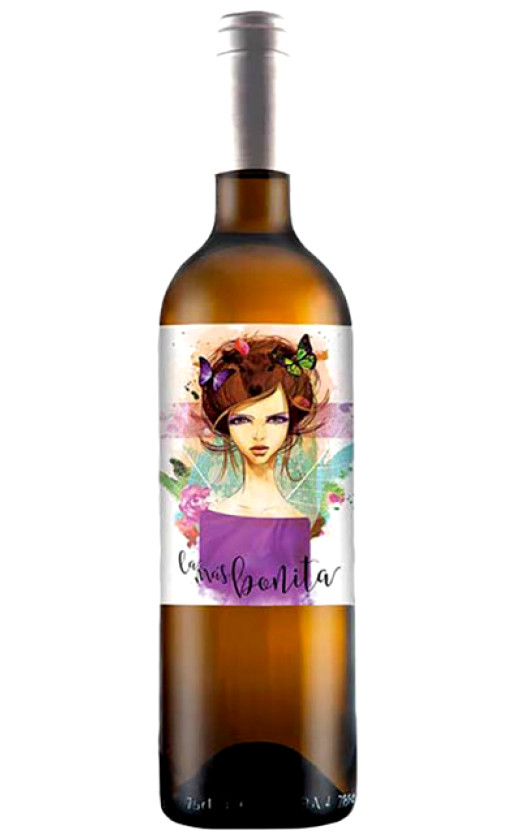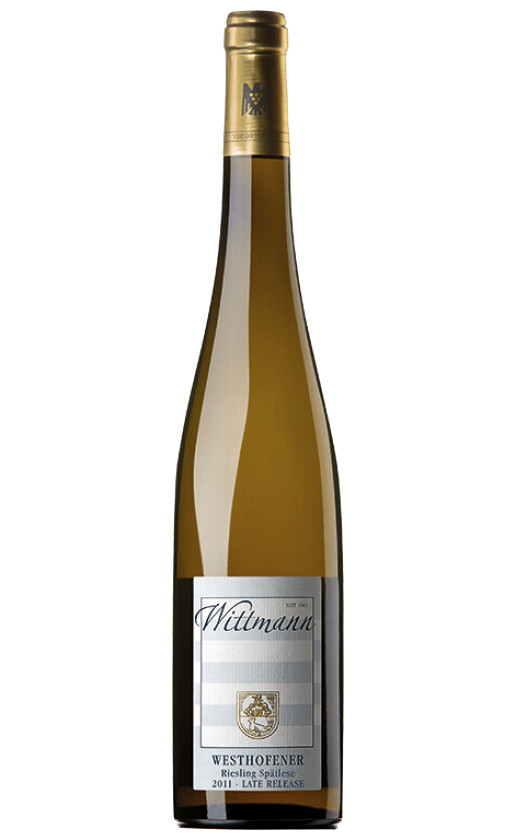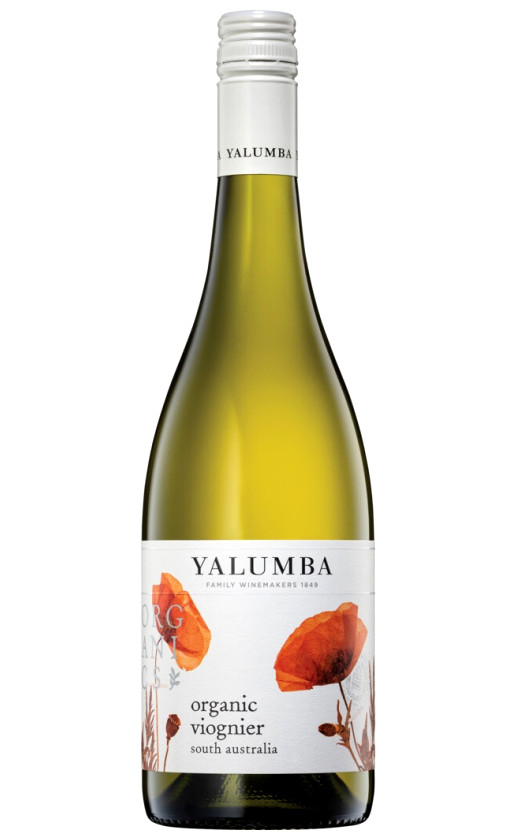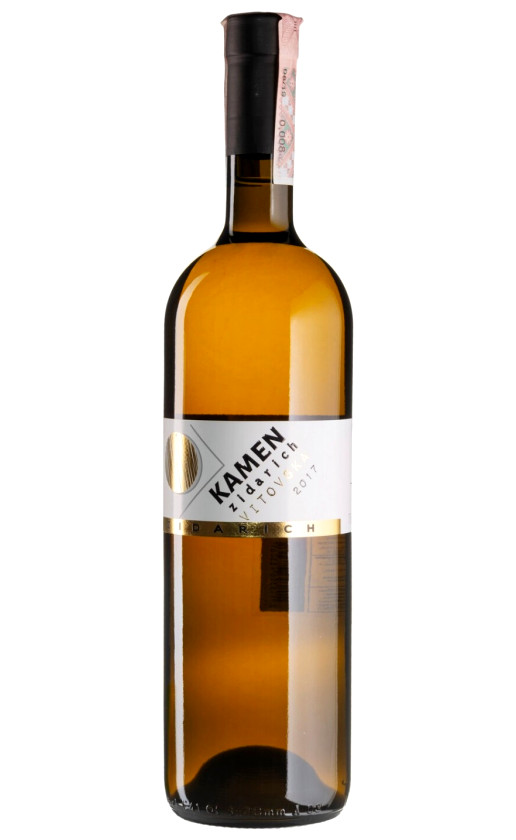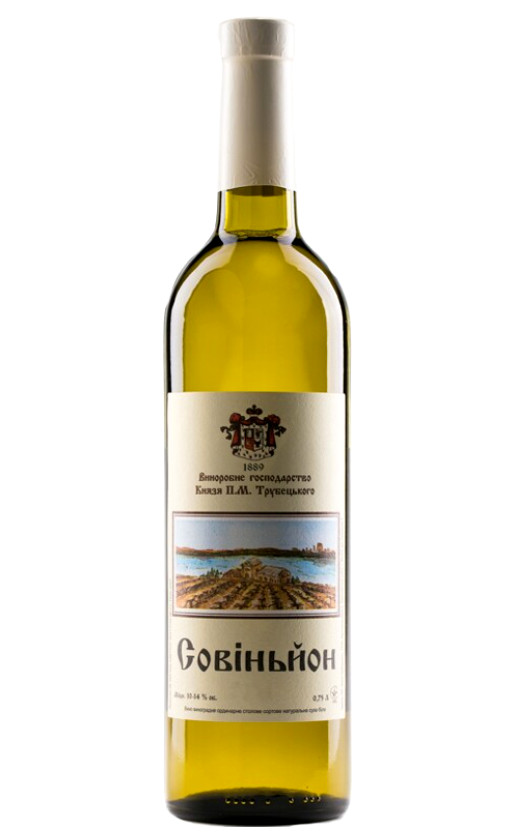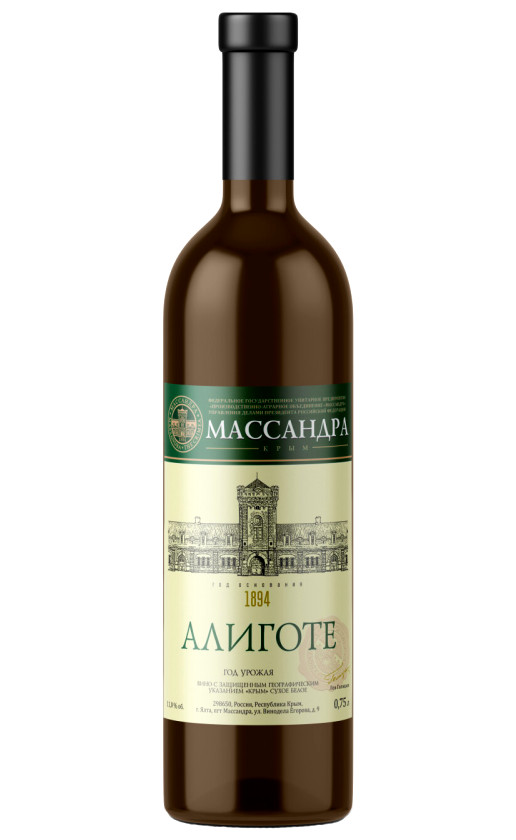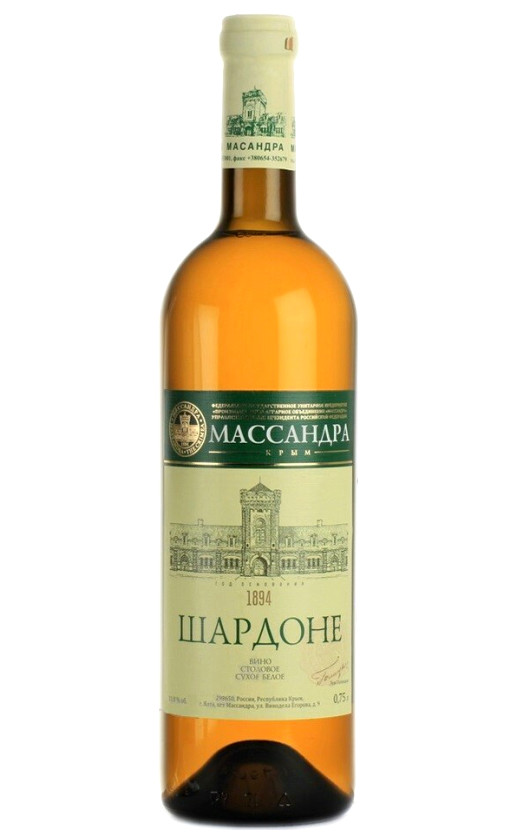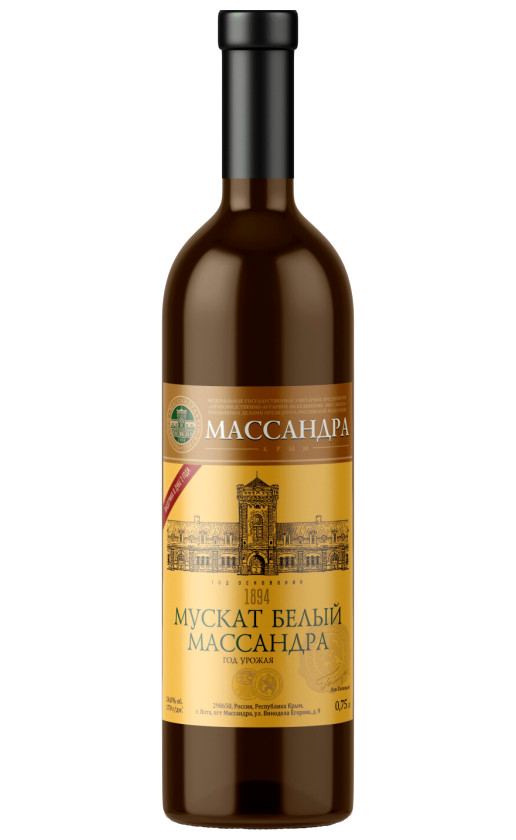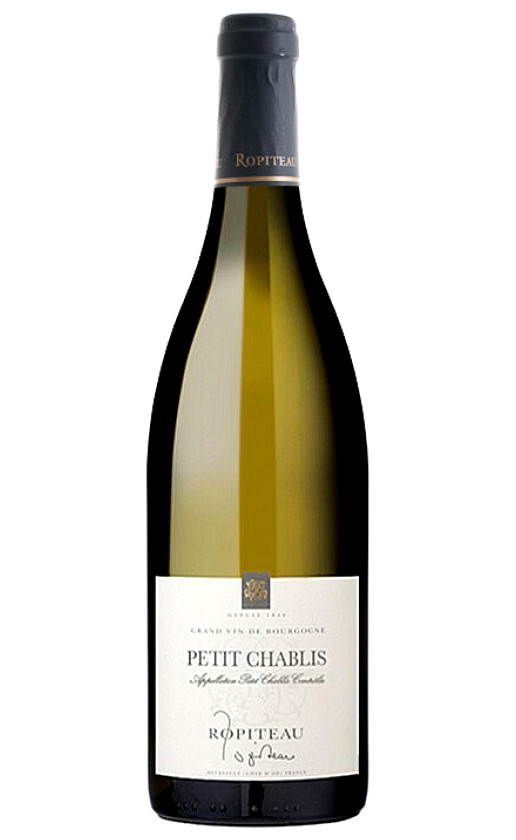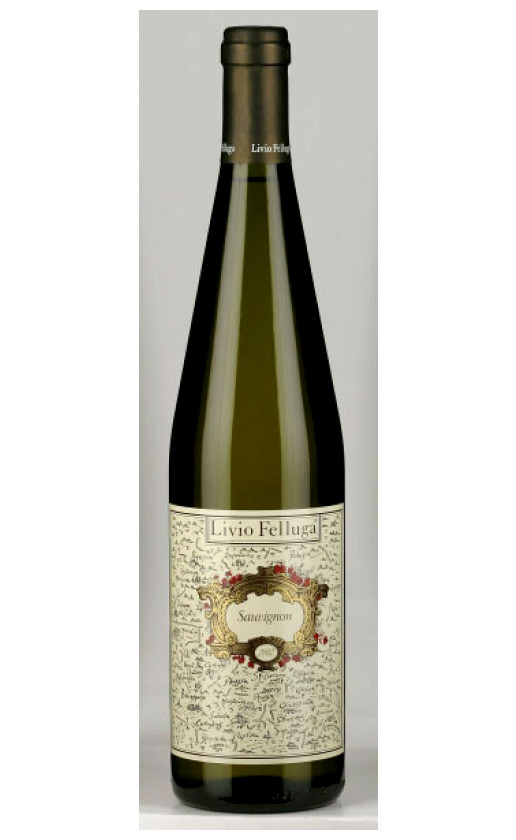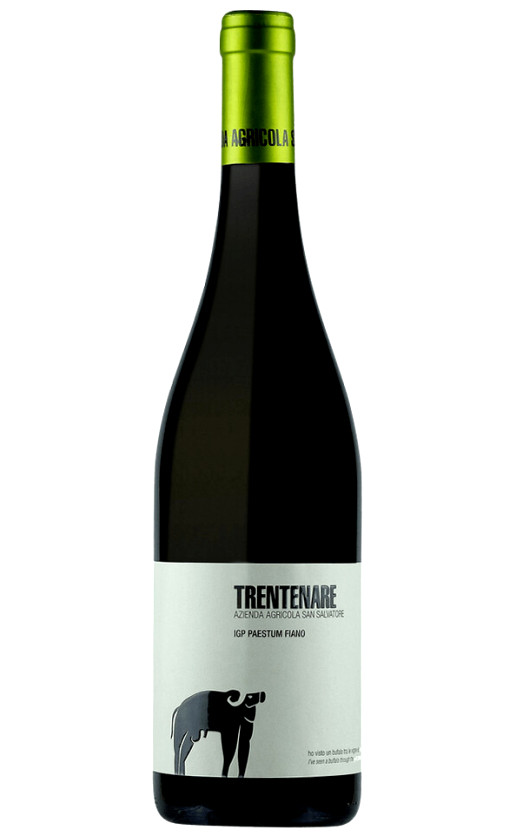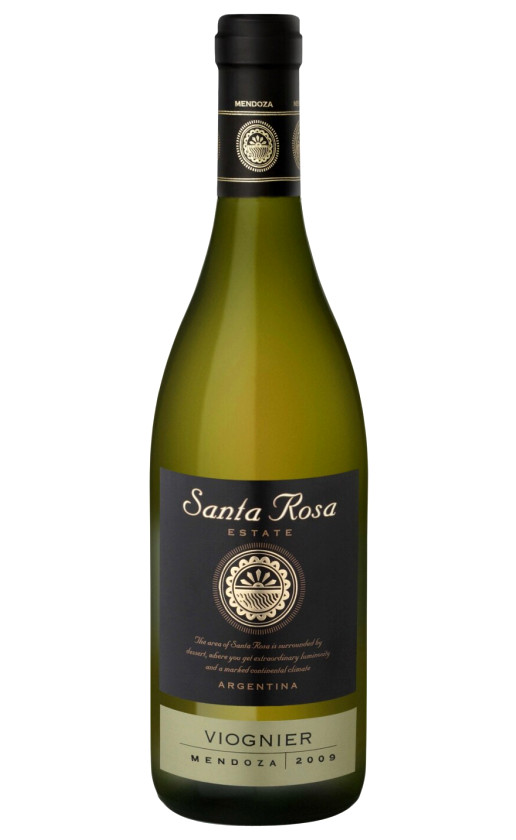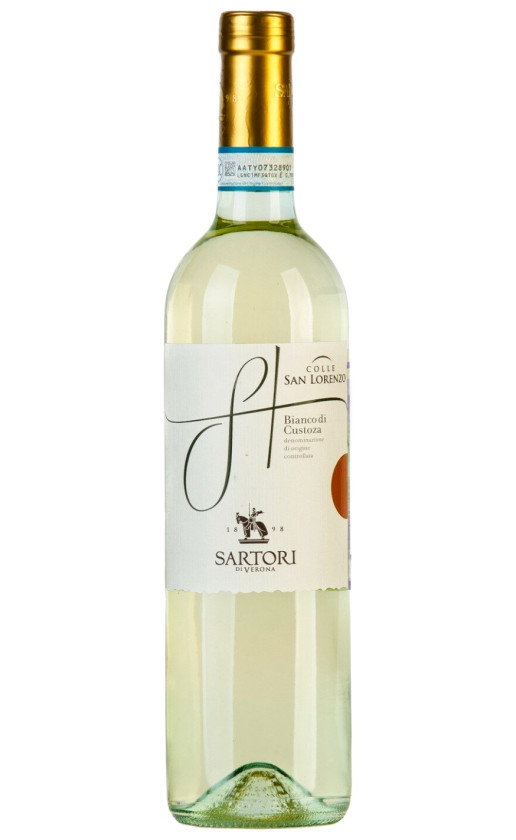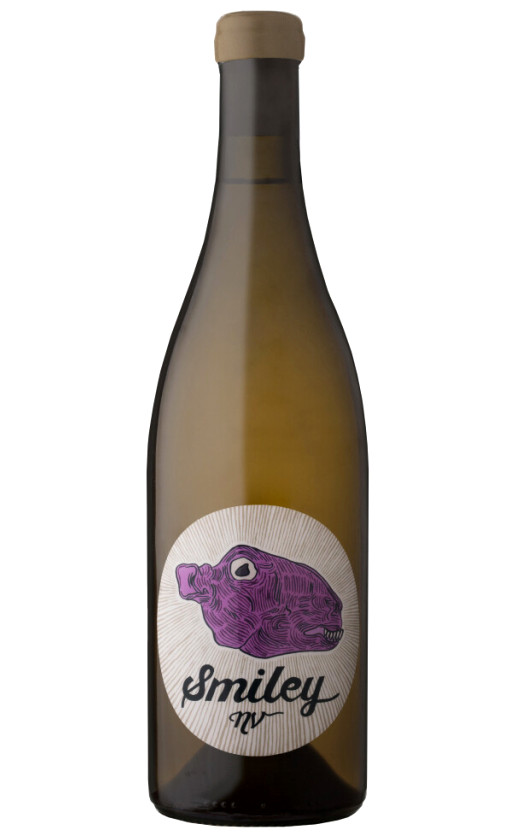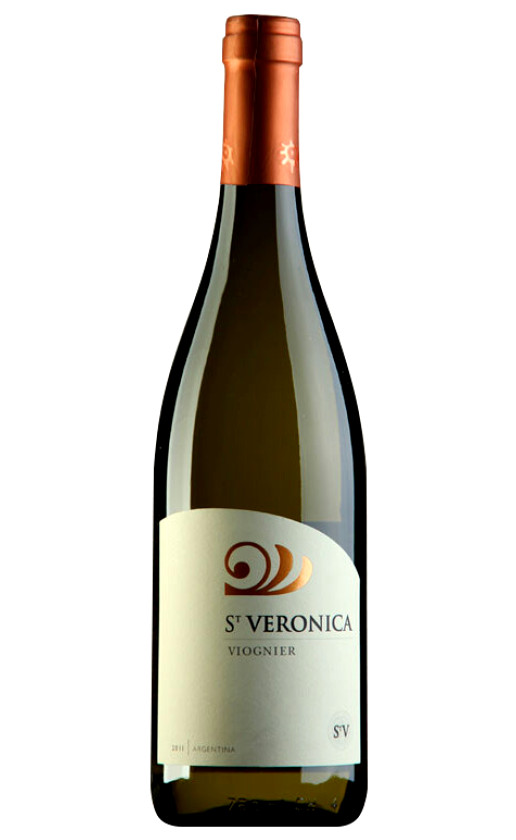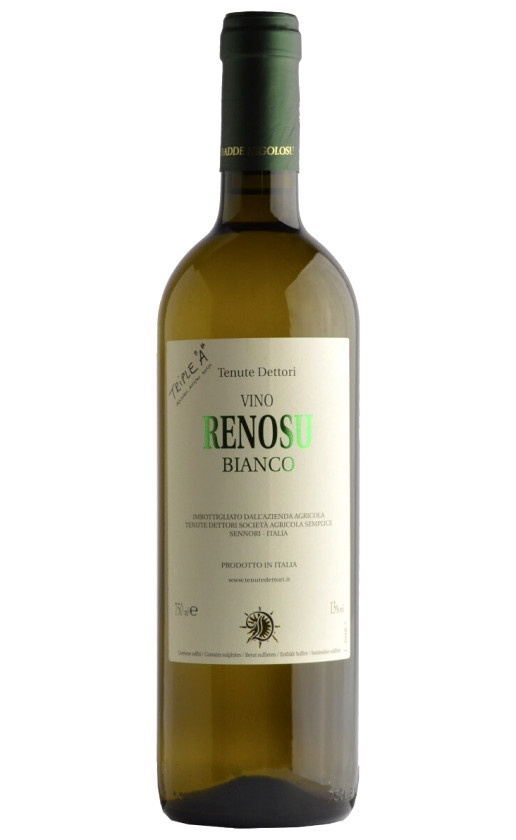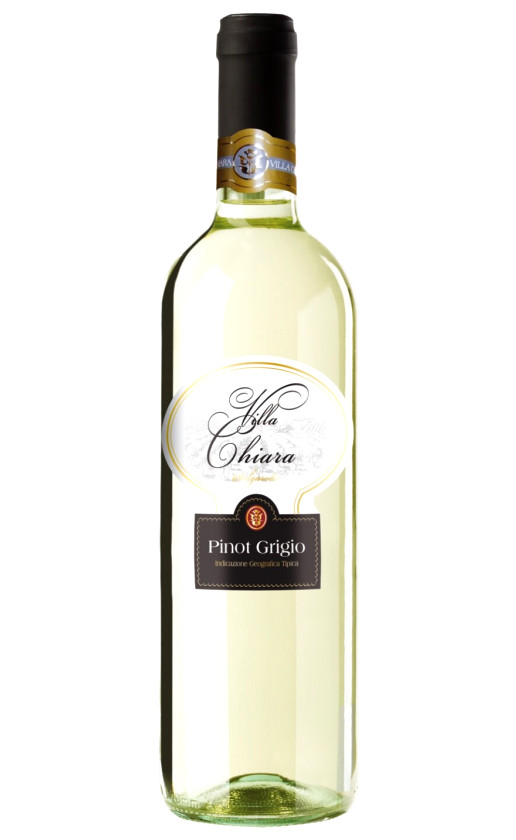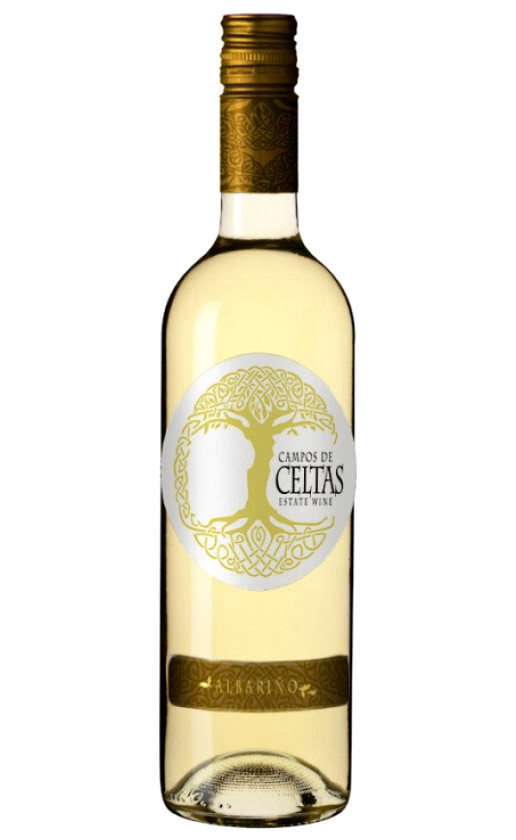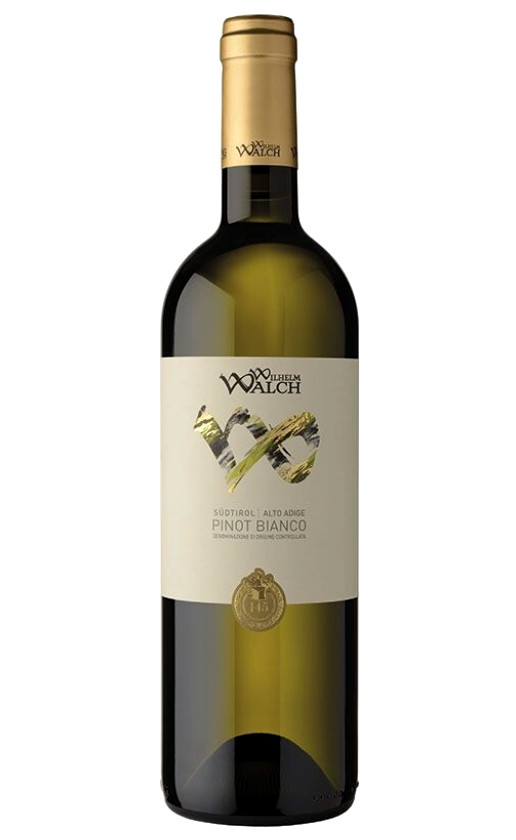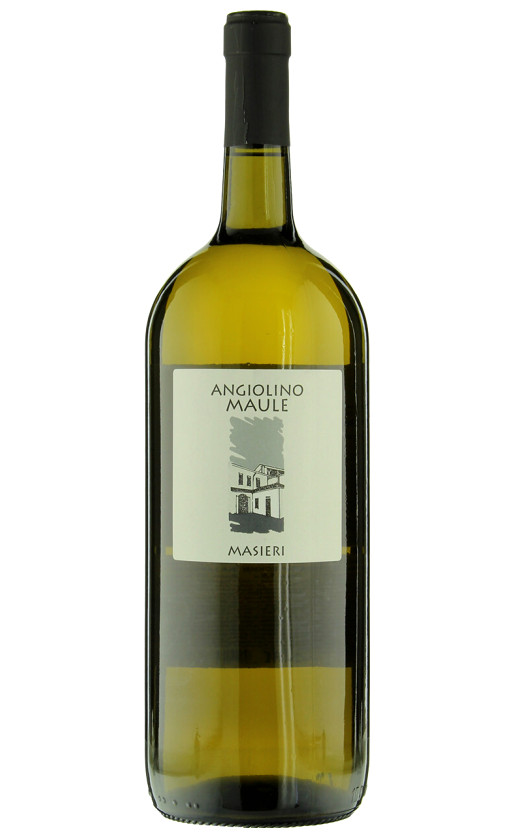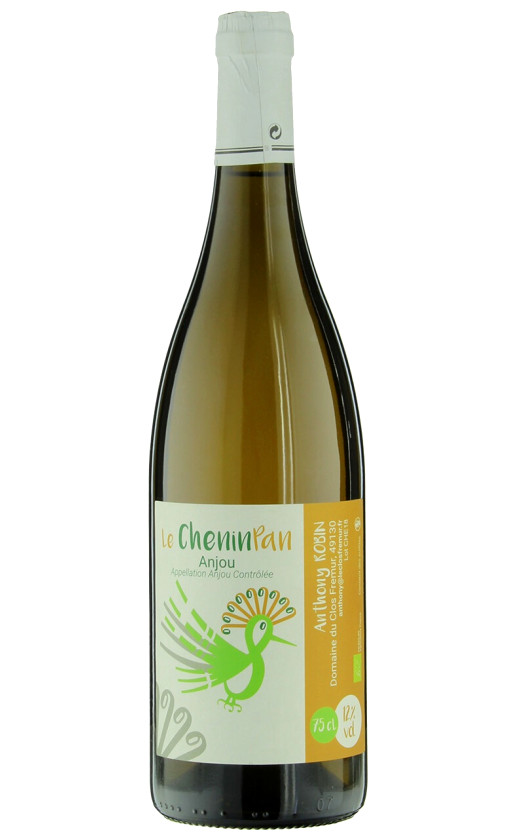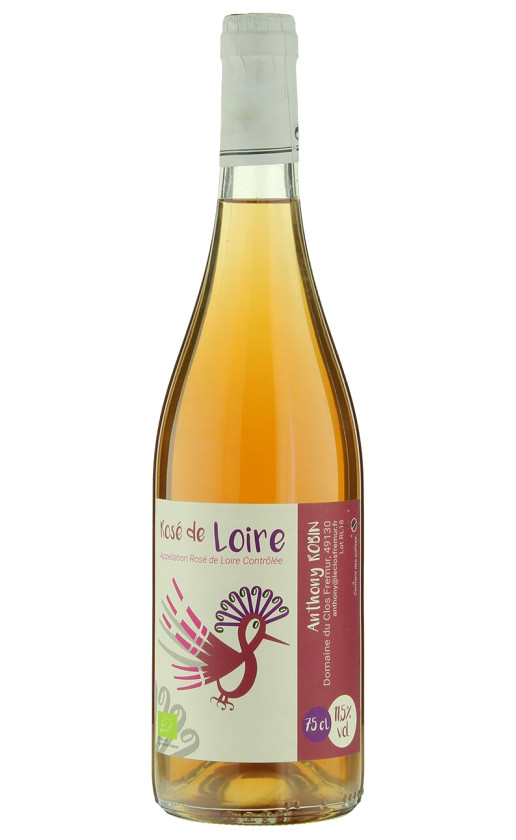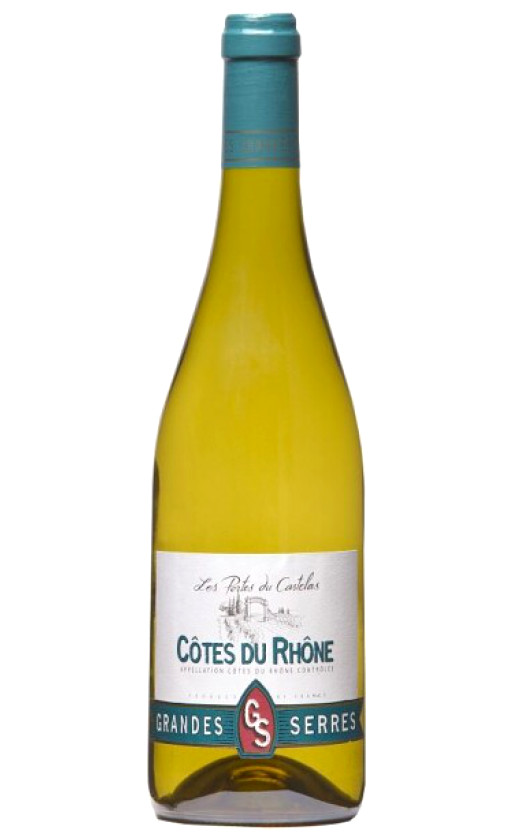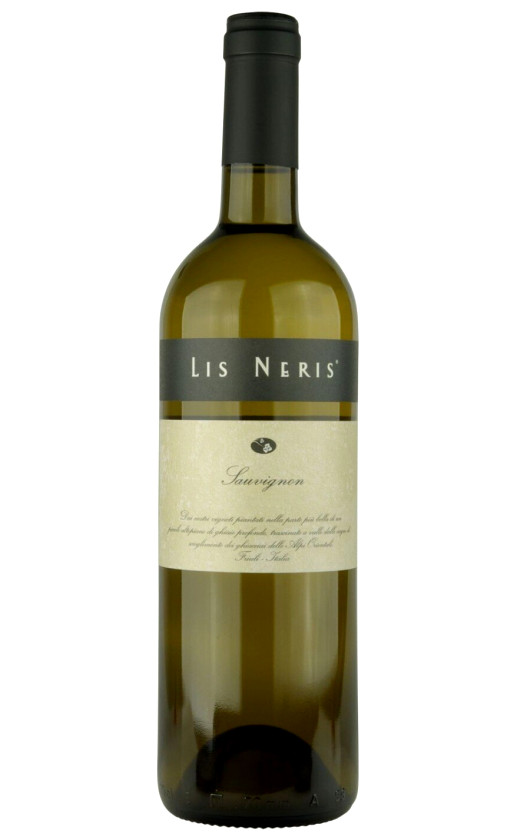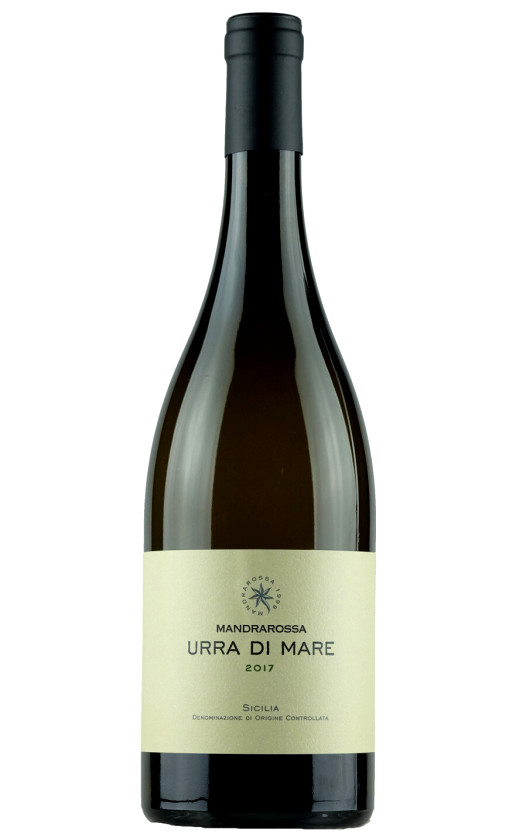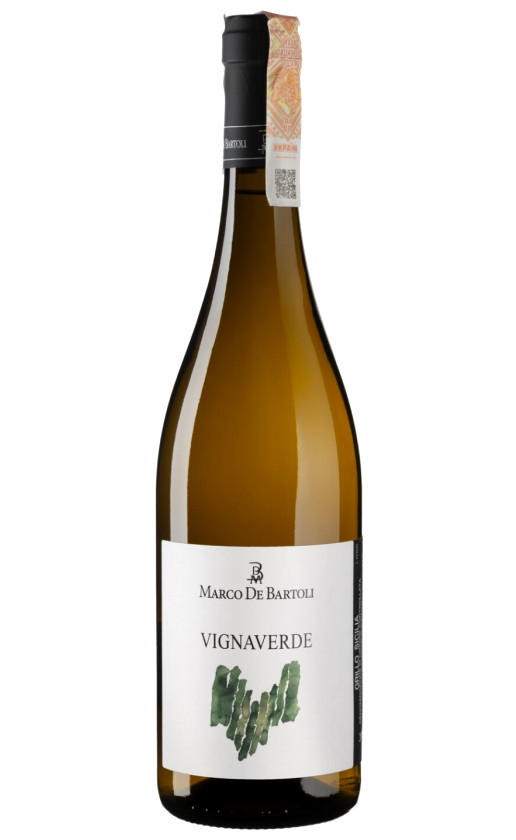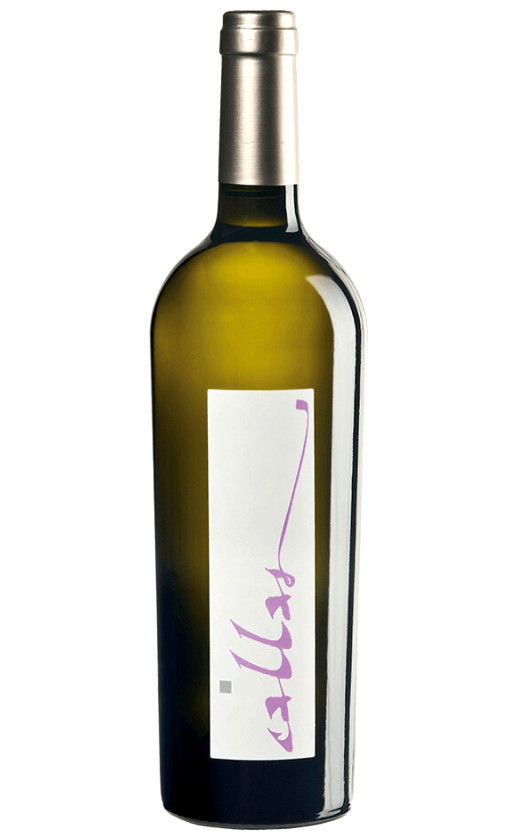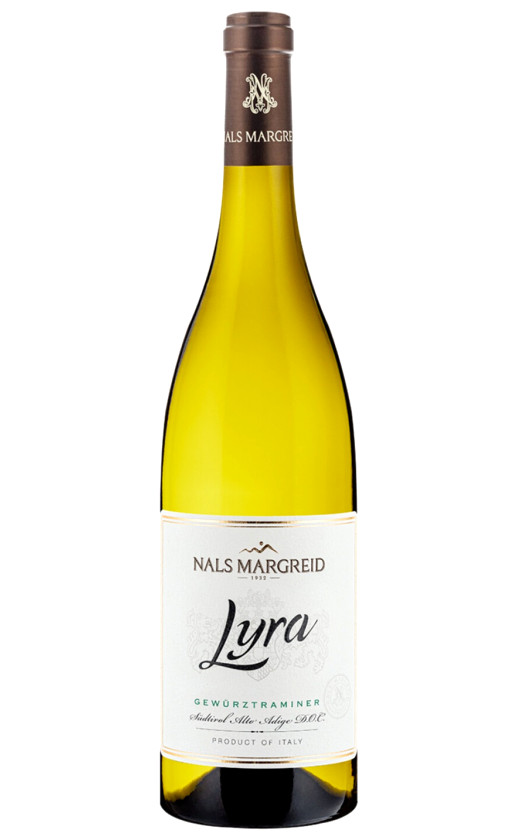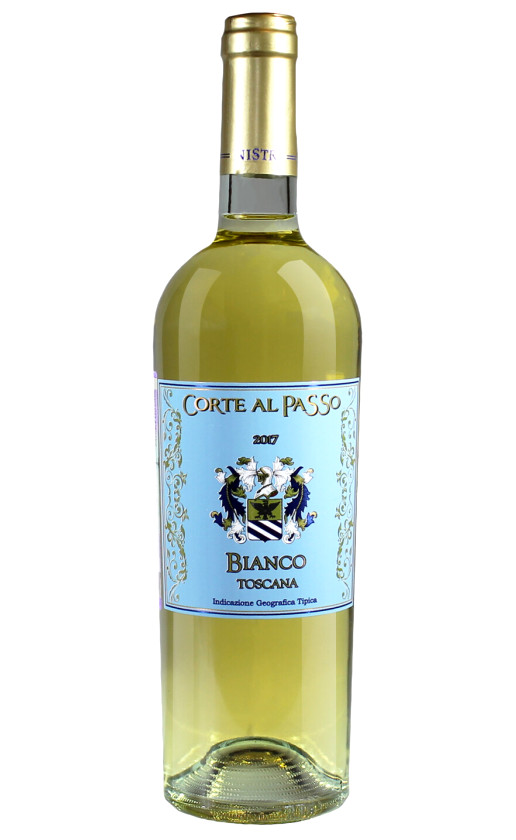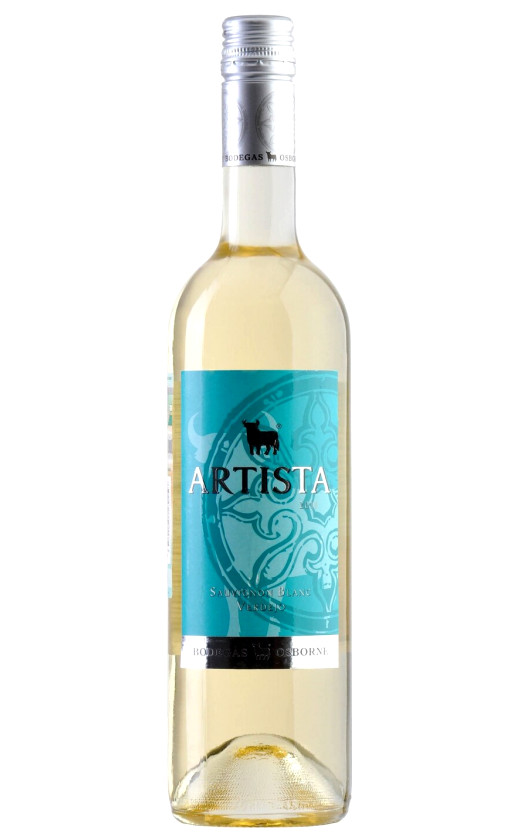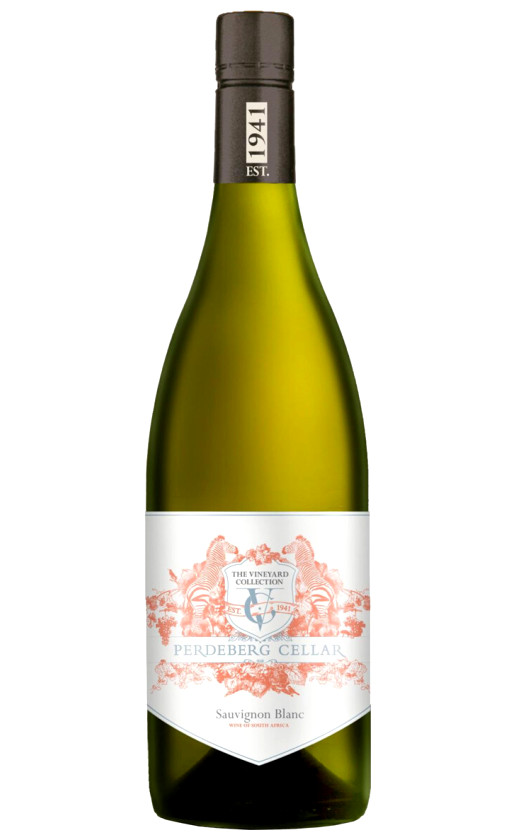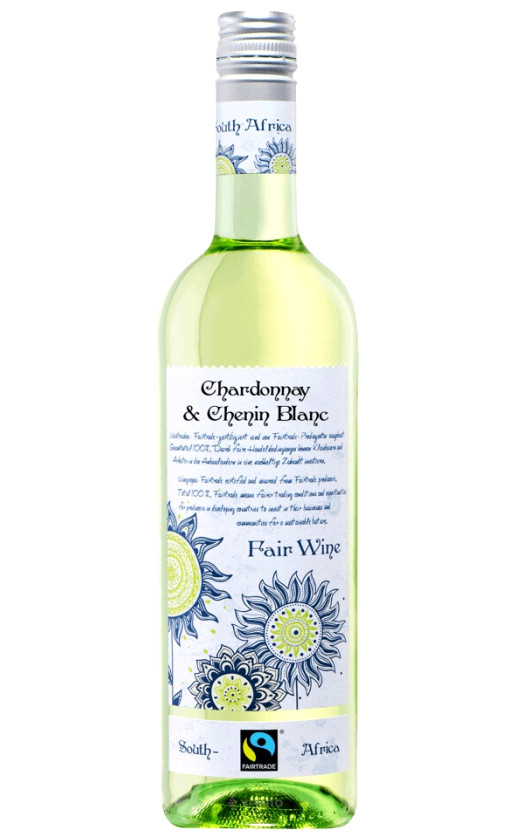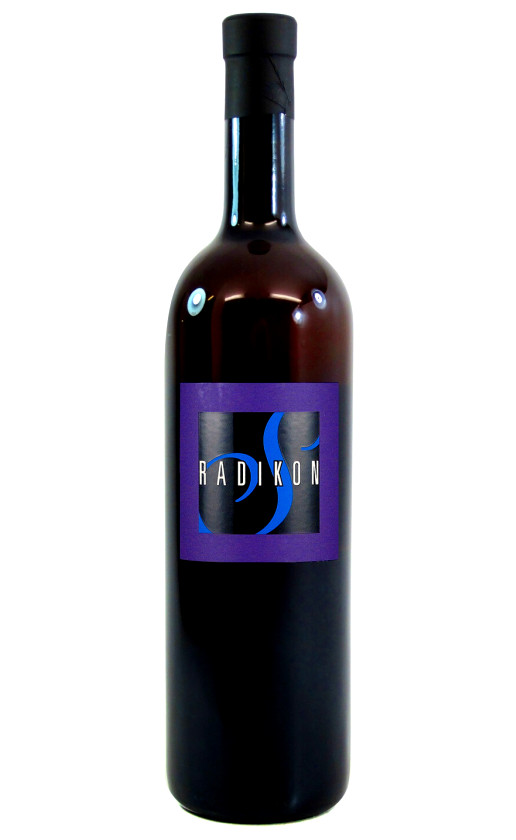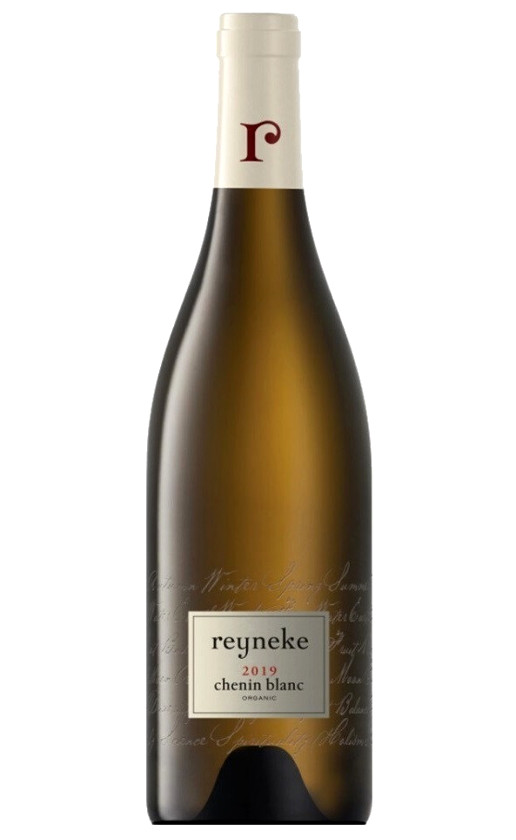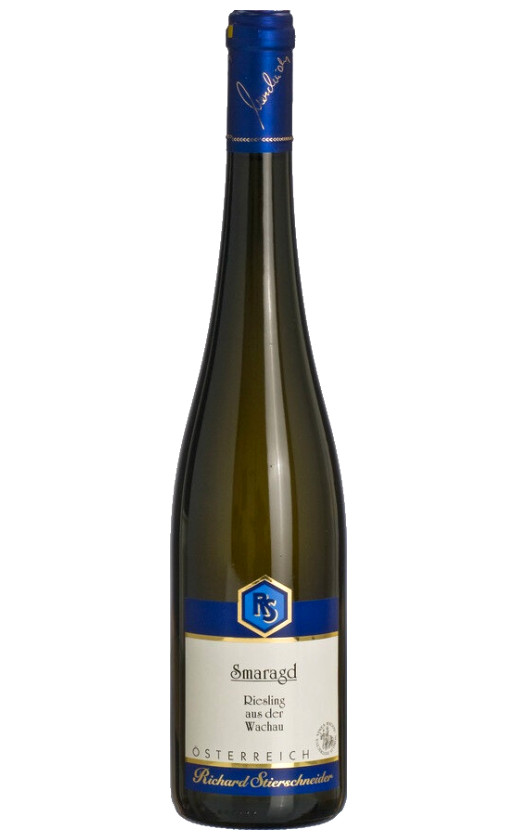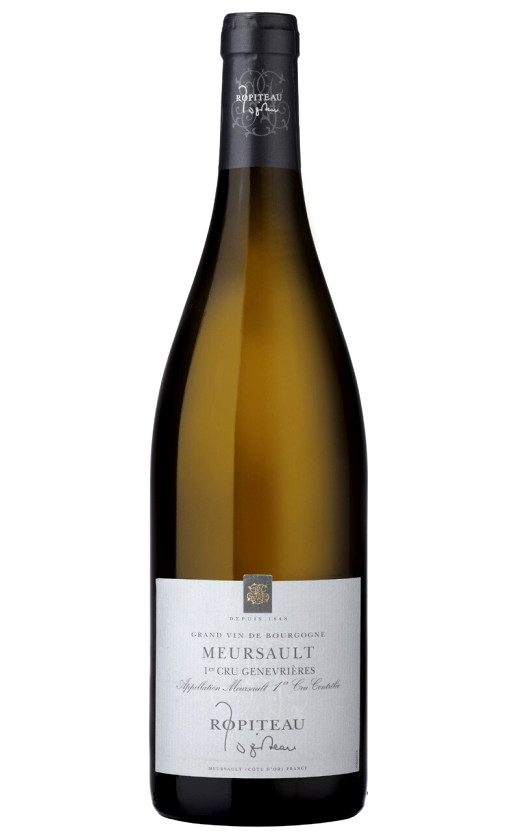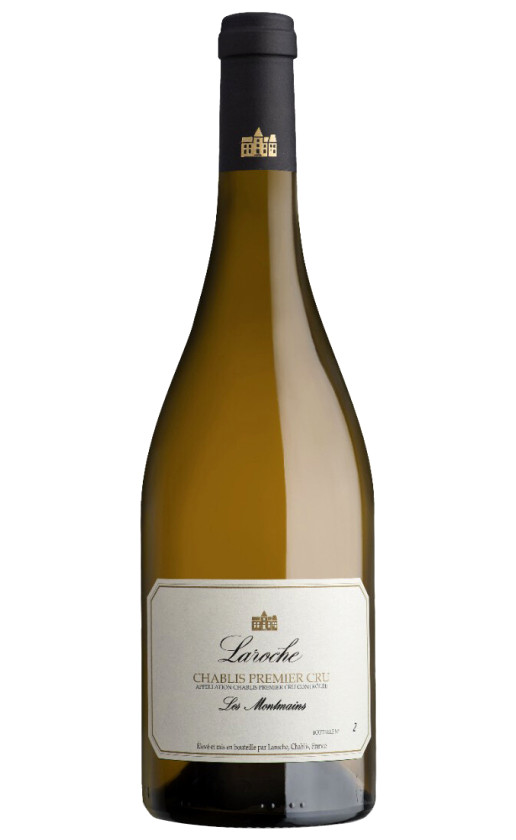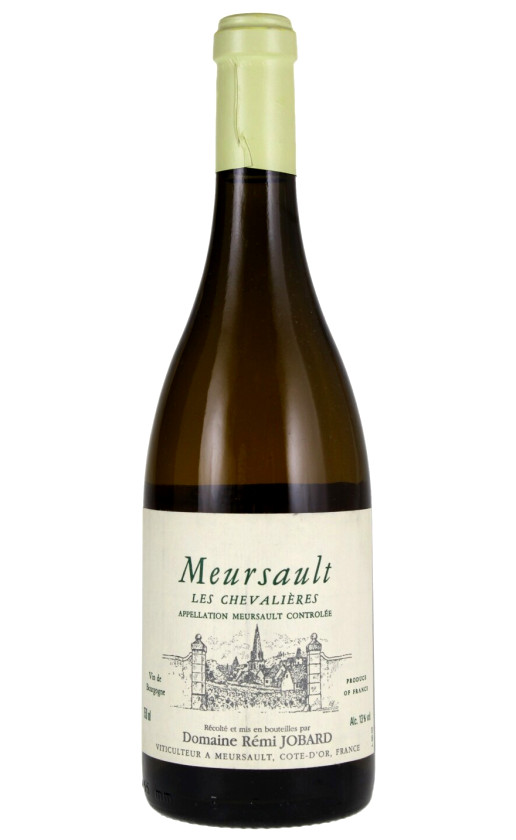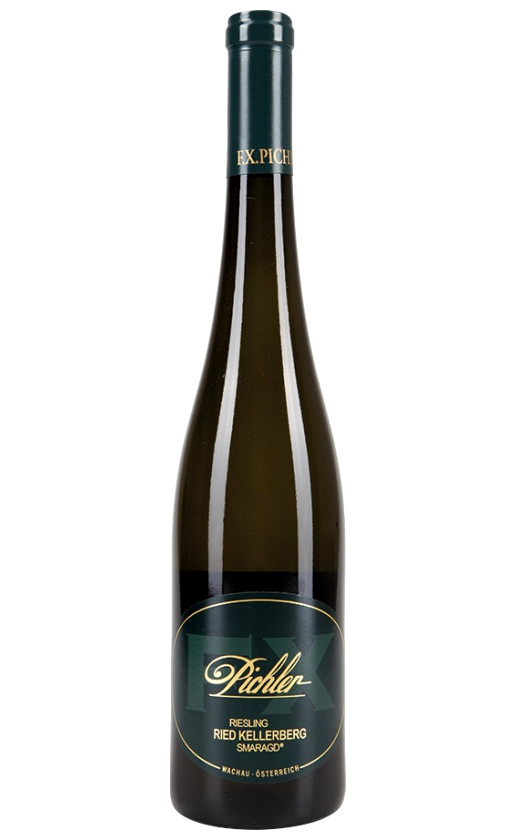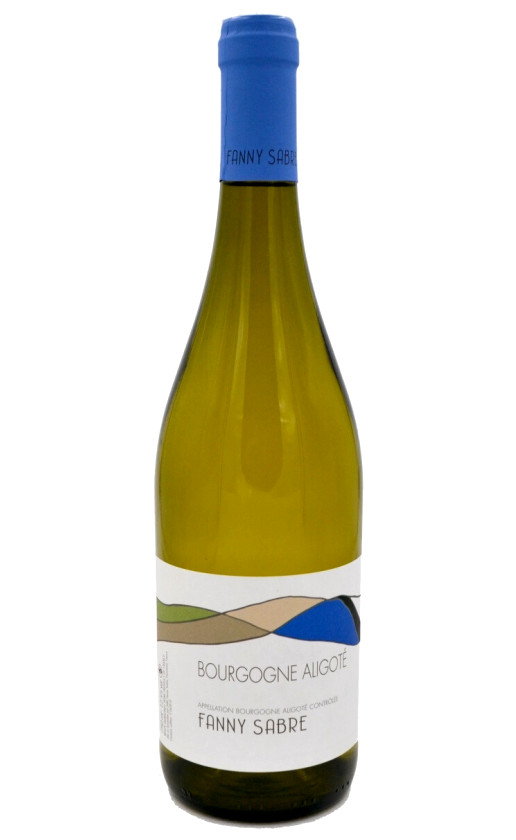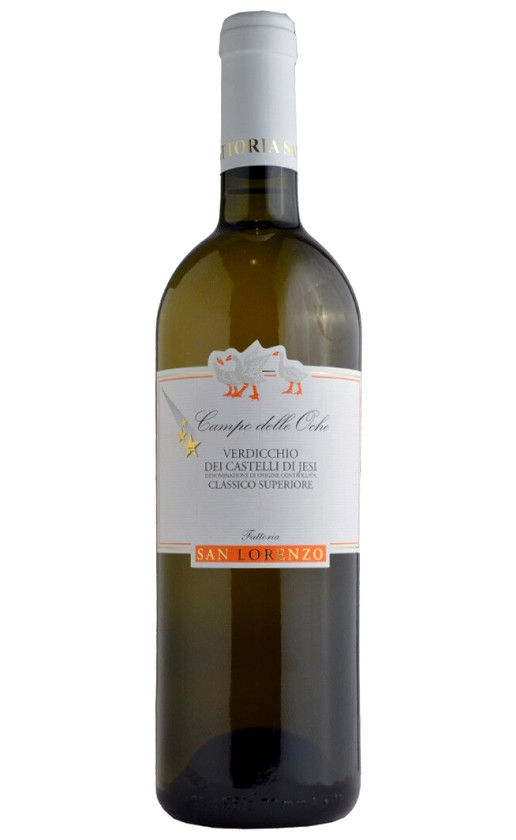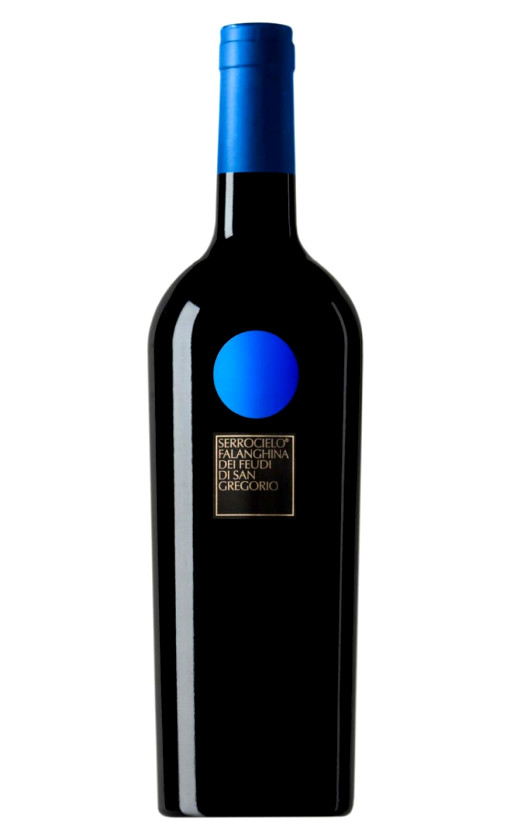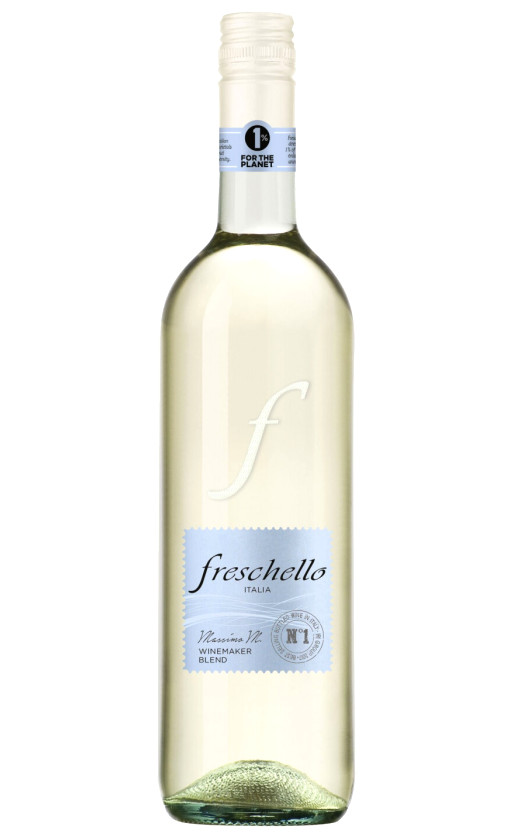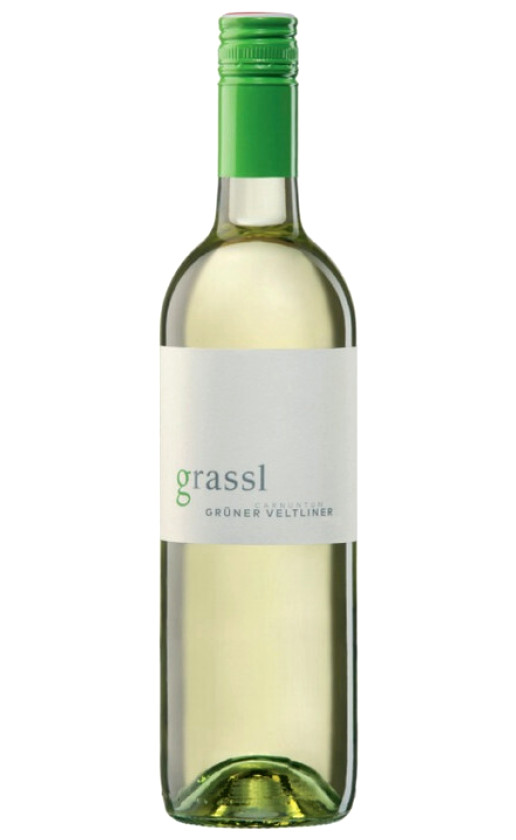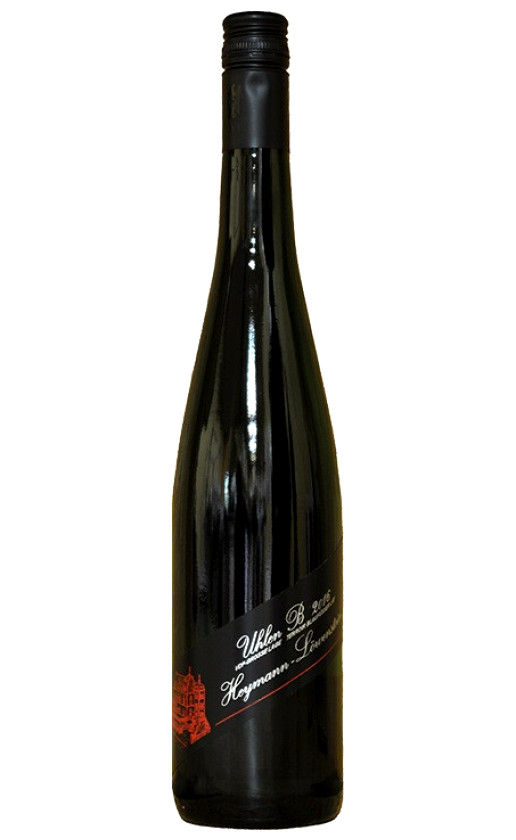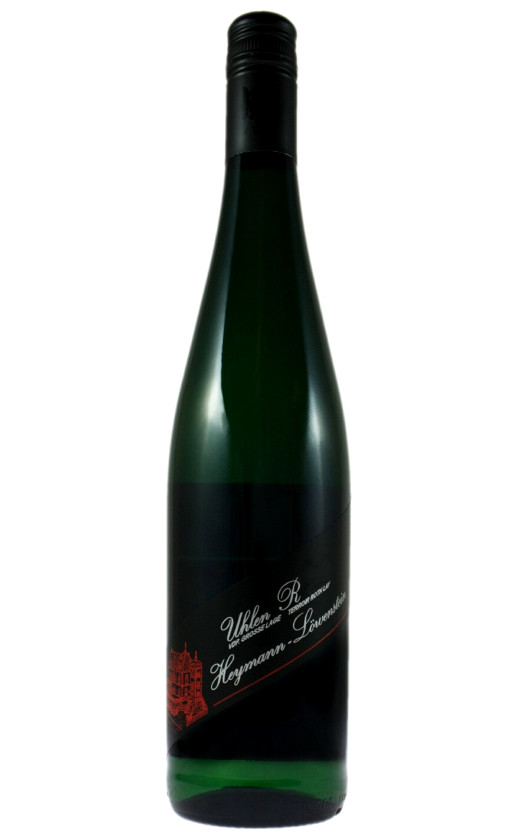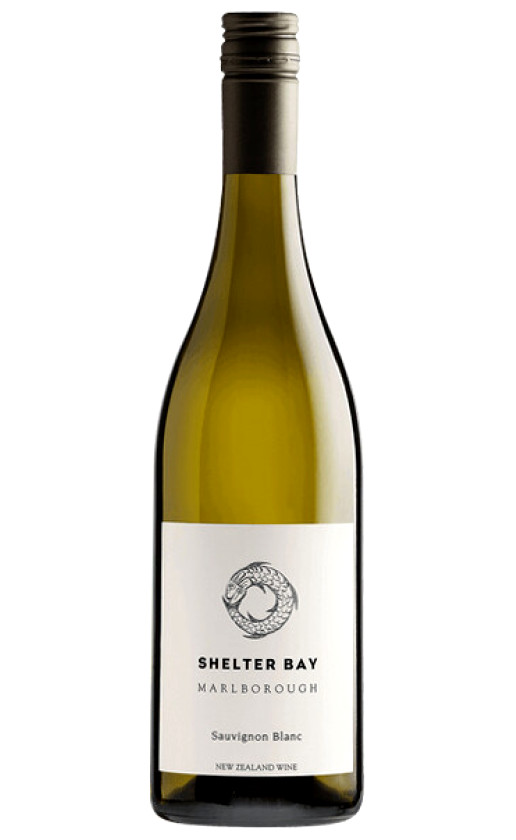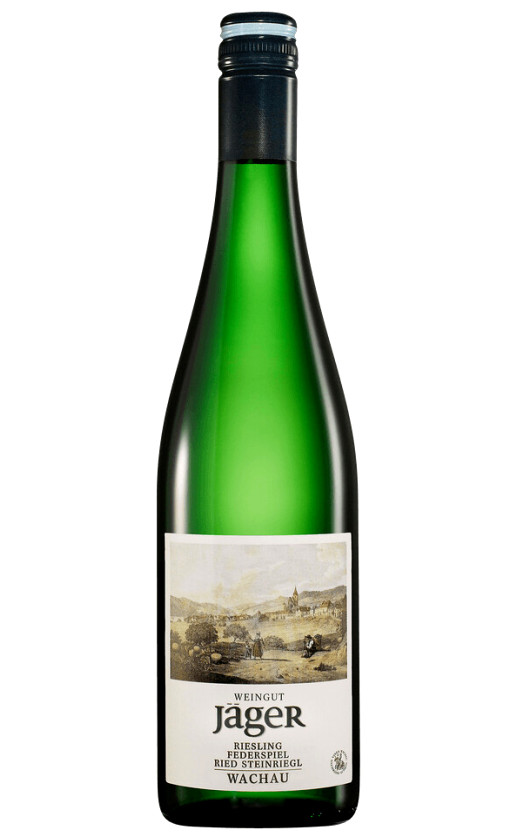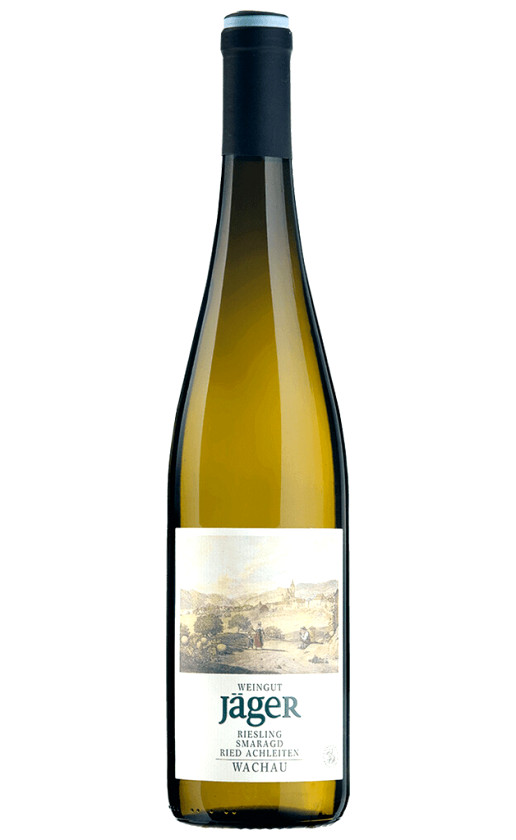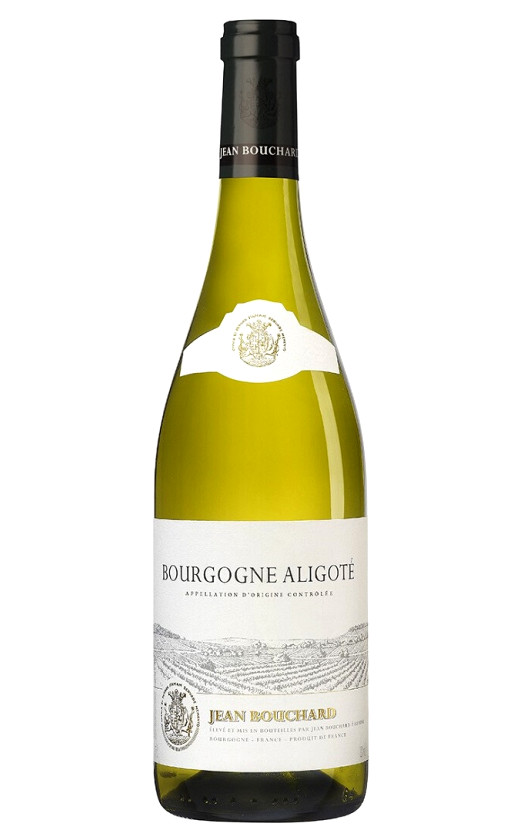Refine Search
Category
White
White Wine - What You Need to Know
Transparent golden, bright lemon, amber can be white wine. It has a more delicate taste than the red varieties. White wines have less alcohol. This wine beverage is used in different parts of the world. Connoisseurs of good wine try to buy several bottles for a celebratory feast or a pleasant dinner. The price of a light wine product depends on the fame of the producer and the secrets of production. It is not a problem to buy good wine from different countries in Moscow. The cost of such products more often than not corresponds to the quality.Peculiarities of production of white wine drinks
In winemaking countries, they have learned how to make good light wine. Here are some of the secrets of making it:- Use grapes that do not belong to the dyeing varieties;
- Berries are processed in such a way as to eliminate as much as possible the contact between the peel and the pulp;
- Strictly control the temperature, periodically cooling if necessary.
- Ferment the product without the skin.
- Press the raw material very quickly so that no staining occurs.
- Create optimal temperature conditions for fermentation (about + 20°C).
- Cabernet;
- Syrah;
- Pino;
- Saperavi;
- Tenurier;
- Alicante Boucher;
To prevent the red hue of the rind from getting into the drink, a triple pressing process is used to extract the juice from the grapes harvested along with the branches and leaves. For the process a special press is used, capable of completely separating the juice from the peel with the squeezed pulp. Care is taken not to allow the pulp to get into the liquid.
The price of white wine often depends on the fame of the brand or the secret techniques used in the making. Many French producers dry their berries on straw bedding in the fresh air to add sweetness. This is how the wine country achieves a pleasantly sweet texture to the drink. It is less watery and of higher quality. Thus, the number of bottles in this country is lower.
What you need to know about the taste of white wine
Good light wine products in Moscow stores are striking in their variety of structure. There are variants of this flavor on sale:- restrained and soft;
- invigorating citrus;
- spicy;
- spicy with nutty notes;
- oily, with the smell of toasted bread;
Assortment of white wines
In Moscow and other regions of Russia it is possible to buy light wine products from different varieties of grapes. Spirits from France, Italy, Spain, and Austria are most valued. Samples from other countries can be bought cheaper. The most popular grape varieties:- Chardonnay. First cultivated in Burgundy. It is distinguished by its vanilla-nut and creamy tones. It is often aged in oak barrels. Steeped in stainless steel, the product is lighter. The cost of a good Chardonnay starts from 600 rubles per piece.
- Riesling. The most acidic white grape. Most cultivated in Germany, Austria, America. These berries are not just sour, but also have a floral-apple aroma. These drinks can be stored for a long time, but it is better to drink them young. The price of 1 piece is from 500 rubles;
- Semillon. Popular in France, Australia, Chile. Processed when the berries are covered with a noble mold. The result is a strong, non-acidic product. Suitable for the production of dessert wines;
- Muscat. The most ancient species. There are many varieties in one country or another. In its floral fragrance is felt rose, clove, acacia. The average cost of Muscat is about 1000 rubles per piece.
- Sauvignon Blanc. A versatile grape. Suitable for light as well as rich drinks. It is made into young and aged varieties. Juice Sauvignon Blanc fills them with spice and tartness;
- Гевюрцтраминер. Характеризуется особой пряностью. Этот капризный сорт любит добротную почву и влагу. Больше всего его в Германии и Австрии. Гевюрцтраминер имеет соломенно-желтый цвет, сильный аромат, насыщенный вкус. Стоимость одной шт. составляет от 600 руб.
- Viognier. A rare and capricious variety. Few people dare to buy alcohol from it, because it is not cheap. This is due to the complexity of its cultivation. Its taste is excellent, with notes of peach and honeysuckle.
- Pinot Gris. A variety of Pinot Noir. Characterized by light fruity notes. Its grapes are red-pink in color, but the skins are immediately removed during processing. The resulting product is light in color. The grapes come in soft yellow or bright yellow colors. It is most often drunk young;
Interesting information about the light wine product
In stores and boutiques in Moscow you can find white wines in different price categories. This is a healthy alcohol for the body in moderation, so it does not hurt to know some of its facts:- Contains no fat and no cholesterol.
- Experts estimate that an average of 1.27 kg of grapes is used to make 1pc of white wine;
- The Japanese are getting spas where you can swim in a tank of light alcohol;
- California has record harvests of Chardonnay, more than any other country in the world.
- It is very important to serve the white chilled - the standard serving temperature is 8-10 degrees;
- For drinking use small glasses, narrowed to the top, on a long stem, so that the composition does not heat up;
